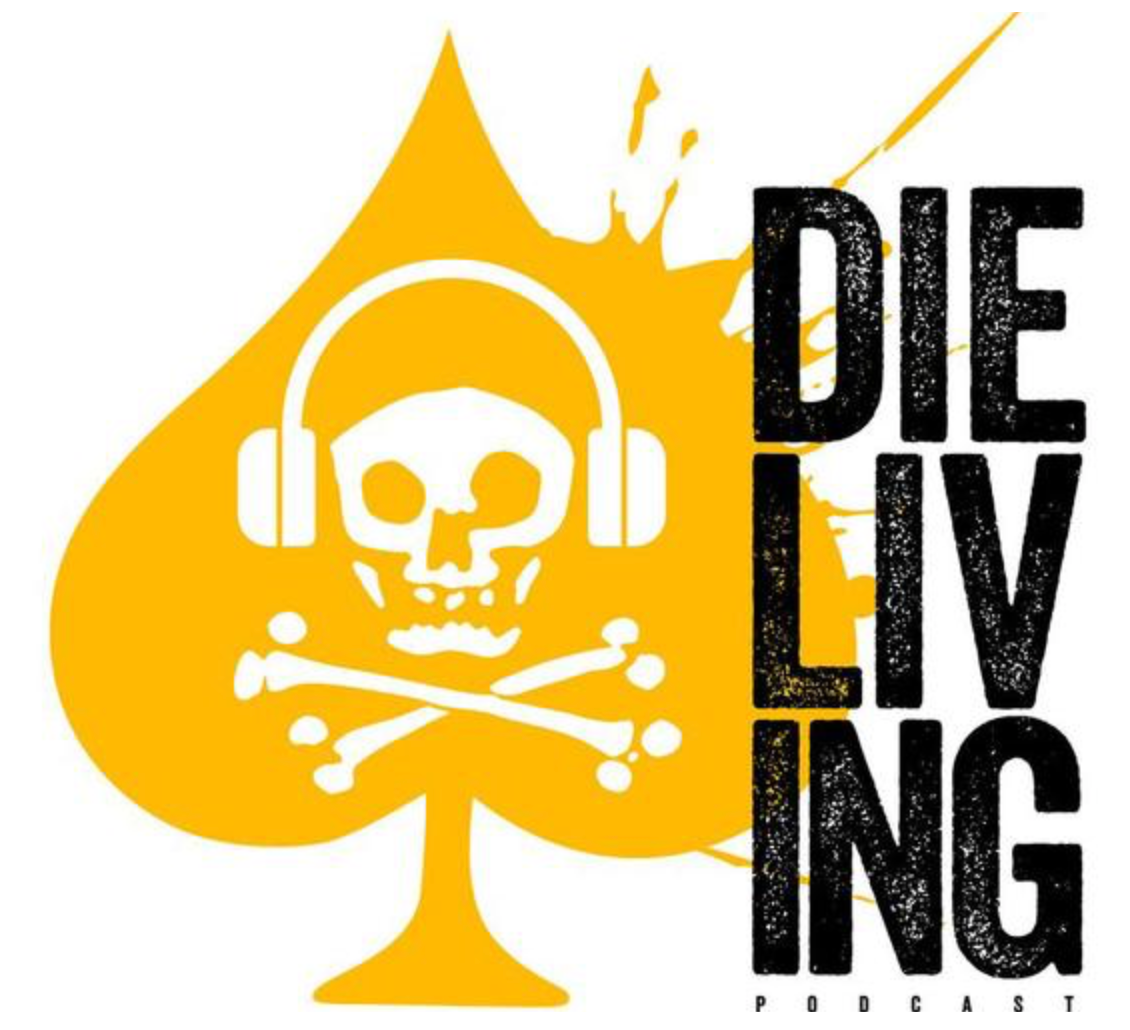Sets and Reps are the units of measurement in the recipe of training. Coaches go after specific stress adaptations in their workouts by manipulating the set, reps, and recovery scheme in the workouts they create. So what does 5x5, 3x8-10 or 4x2 mean for your training? Moreover, when YOU, the athlete sees these schemes, how do you best approach them?
Basic Terminology:
A rep is one instance of an exercise—a dumbbell bicep curl, for example.
A set is the number of repetitions performed sequentially.
4 sets x 5 Reps (each set equals 5 Reps)

Strength Training: (Example: 5x5, 4x2, 5x1)
The general rule of thumb for STRENGTH training is heavier weight with fewer reps. You'll use relatively higher loads for these reps and sets, plus take a longer rest between sets. The longer rest times between sets are designed for a near to full "recovery" before attempting another set of reps. The neuromuscular system responds to heavyweights by increasing your ability to lift those heavy loads. While adequate muscle is also required, training for muscle does not necessarily improve strength, just size. As a coach, one thing we try to impress on our athletes is that the ability to move big weight depends on a lot of intangibles. First and foremost is mobility, a general concept that includes things like flexibility, stability, and motor control. You have big muscles designed to move big weight and little muscles designed to move smaller amounts of weight. If you cut power to the big muscles (due to a lack of technique) and rely too heavily on the little muscles, you will NEVER move as much weight as you are able.

Muscular Hypertrophy (Example: 3x12-15)
A typical approach to reps and sets for those looking to build muscle (the main goal of bodybuilders) might be three sets of eight to 12 reps, at loads that reach failure point (or near) on the last few repetitions. These type of rep schemes generate a very large muscular "pump" due to the forced contraction and elongation of the muscle. For those of us who got our first workouts by ripping pages out of Muscle and Fitness Magazine, these are the types of rep schemes you will see to increase the size of the muscle. In SOFLETE programs, these workouts contain rep schemes typically found in our accessory work programming. The danger of these types of rep schemes for beginner lifters as it applies to lifts like a squat or deadlift when done in "high volume doses" is that more often than not, the acceptable level of proficiency there. Each bad rep is a bad memory that the body stores and eventually have to overwrite eventually. As mentioned above, when beginner lifters apply rep schemes like 12, 15 or even 20 reps to complex movements (known as barbell cycling) form inevitably breaks down, and injury becomes more likely. This is why we use these types of rep schemes for accessory movements which frequently get "ignored" when doing big lifts.

Training for Power: (Example 3x5 @3131)
Newton teaches us that the acceleration of an object is dependent upon two variables - the net force acting upon the object and the mass of the object (i.e., Force = Mass x acceleration). If you apply this principle to training, this is where you utilize sets and reps and TEMPO. Adding tempo work such as 3131 (seen below) forces the lifter to accelerate at different paces during the lift building power. The general rule of thumb is that as the load increases, the time under tension decreases. In practice, this means you won't do a back squat @ 95% of your 1RM at the same tempo you did at 60% of your 1RM. A sample 3131 Tempo outlined below:
3-second eccentric portion of the lift
1-second isometric hold @ bottom
3-second concentric portion of the lift
1-second isometric hold @ the top

Perceived Exertion (Heavy, moderate, light loads)
It seems somewhat intuitive, but every trip I make to a gym reinforces the need to state this undeniable training fact that YOU CANT WORK UP TO 100% every time! Granted, as a coach, if I had a dollar for every time I heard someone say they lifted 95% of their 1RM seven times, Id have enough money to open up five gyms. Programming at SOFLETE utilizes the concept of RPE or Rate of Perceived Exertion. RPE is a way to regulate "effort" rather than relying on percentages based on a 1RM that MAY or MAY NOT be accurate. Some days are "hard or RPE 6-8" and some days are "easy- RPE 1-3". The idea is that if we regulate energy output, then we prevent overtraining and overexertion of certain muscle groups. The higher the RPE the "heavier" or "harder" the task should be, and the opposite is exact for lower RPEs.
In the end, a balanced training program will include all of the above schemes. Having a basic understanding of the reps schemes helps the athlete navigate the road map of programming that a coach lays out. Ultimately, like any training plan, sets and reps are goal dependent and provide a basic outline of how to get there.
[nutrition-ad]







Leave a comment
This site is protected by hCaptcha and the hCaptcha Privacy Policy and Terms of Service apply.